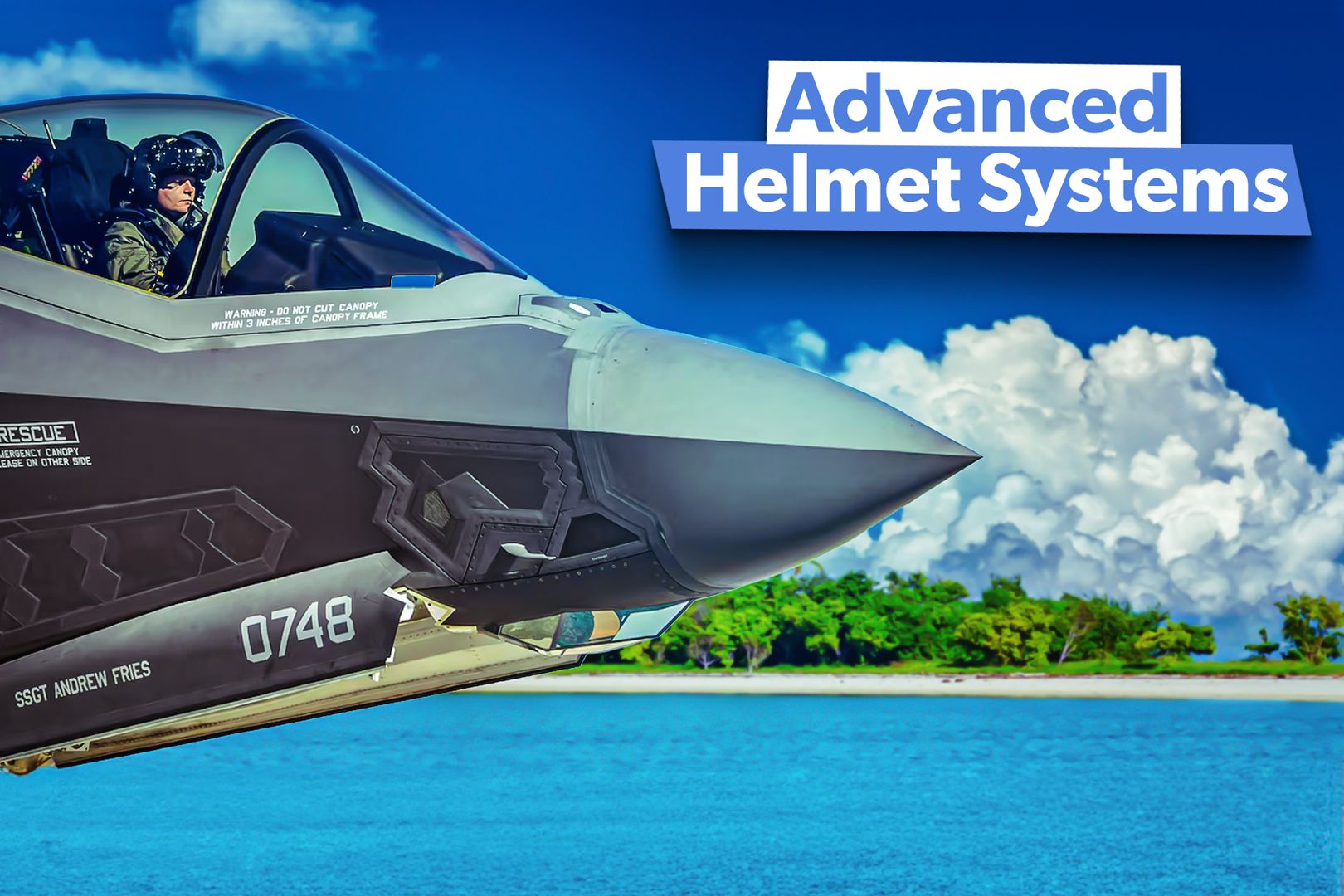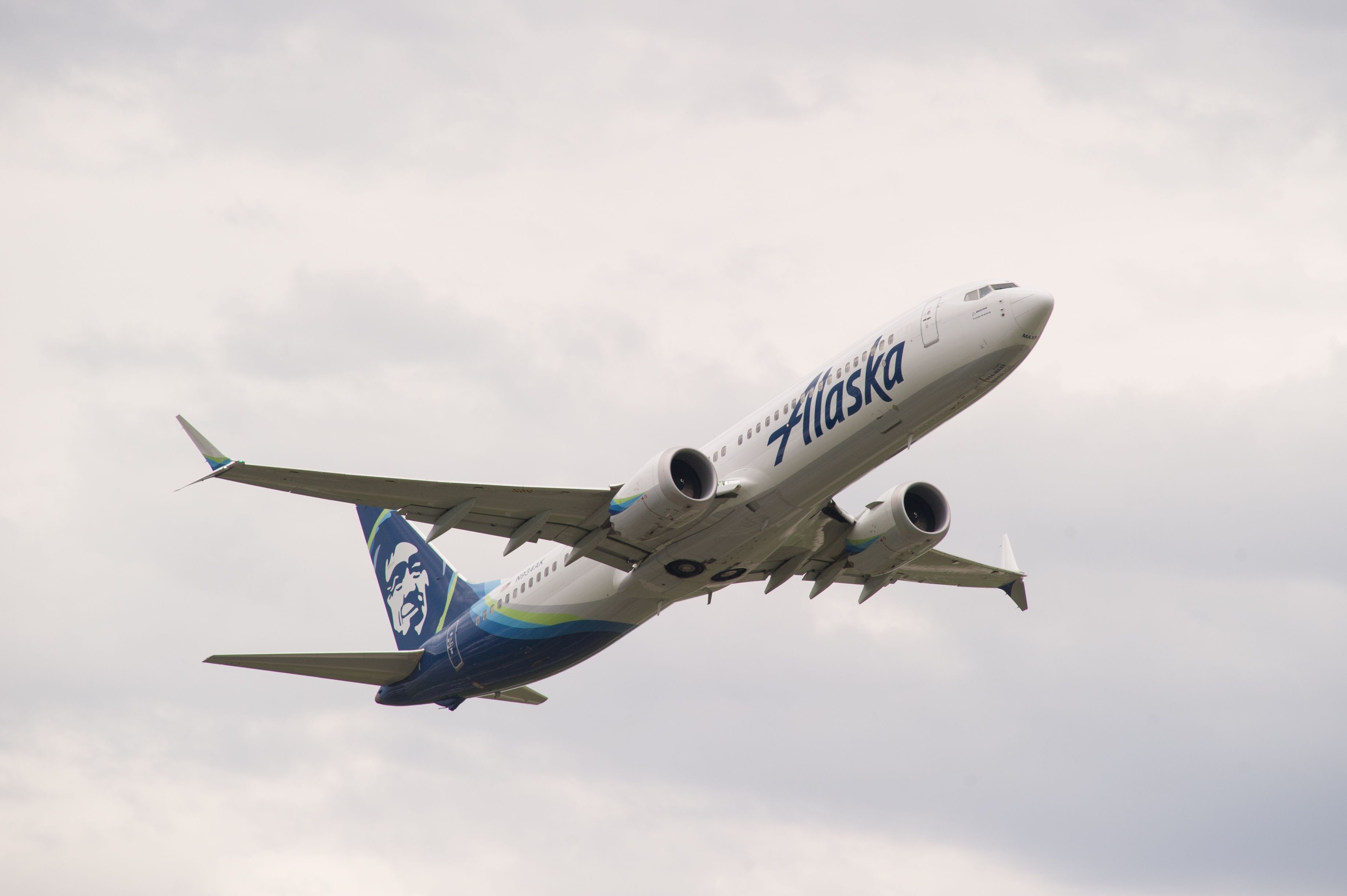Summary Lockheed Martin F-35 Lightning II has a Gen III Helmet Mounted Display System enhancing pilot vision and spatial orientation. General Dynamics F-16 Fighting Falcon equipped with JHMCS for greater situational awareness. Eurofighter Typhoon uses Striker Helmet Mounted Display System for enhanced decision-making.
The fighter aircraft helmet system enhances pilots’ vision in day and night flights, enabling a highly sophisticated and safe combat environment for pilots. The technologically advanced helmet systems increase combat capability while increasing situational awareness. This article explores some of the most advanced helmet systems onboard modern fighter jets.
1 F-35 Lightning II Generation III Helmet Mounted Display System Integrated Head-up display (HUD) Helmet-mounted display Visor-projected night vision Bi-ocular display system with full day and night vision Visual targeting High-performance design with optimal center of gravity The Lockheed Martin F-35 Lightning II is equipped with Generation III Helmet Mounted Display System that enhances pilots’ vision through the use of virtual capabilities. The next-generation system serves as pilots primary display, enabling higher spatial orientation, precise weapon targeting, and superior tactical capabilities. The Bi-ocular display system offers greater combat readiness during both day and night flights.
According to Collins Aerospace , “The F-35 Gen III Helmet Mounted Display System's next generation interface p.



















